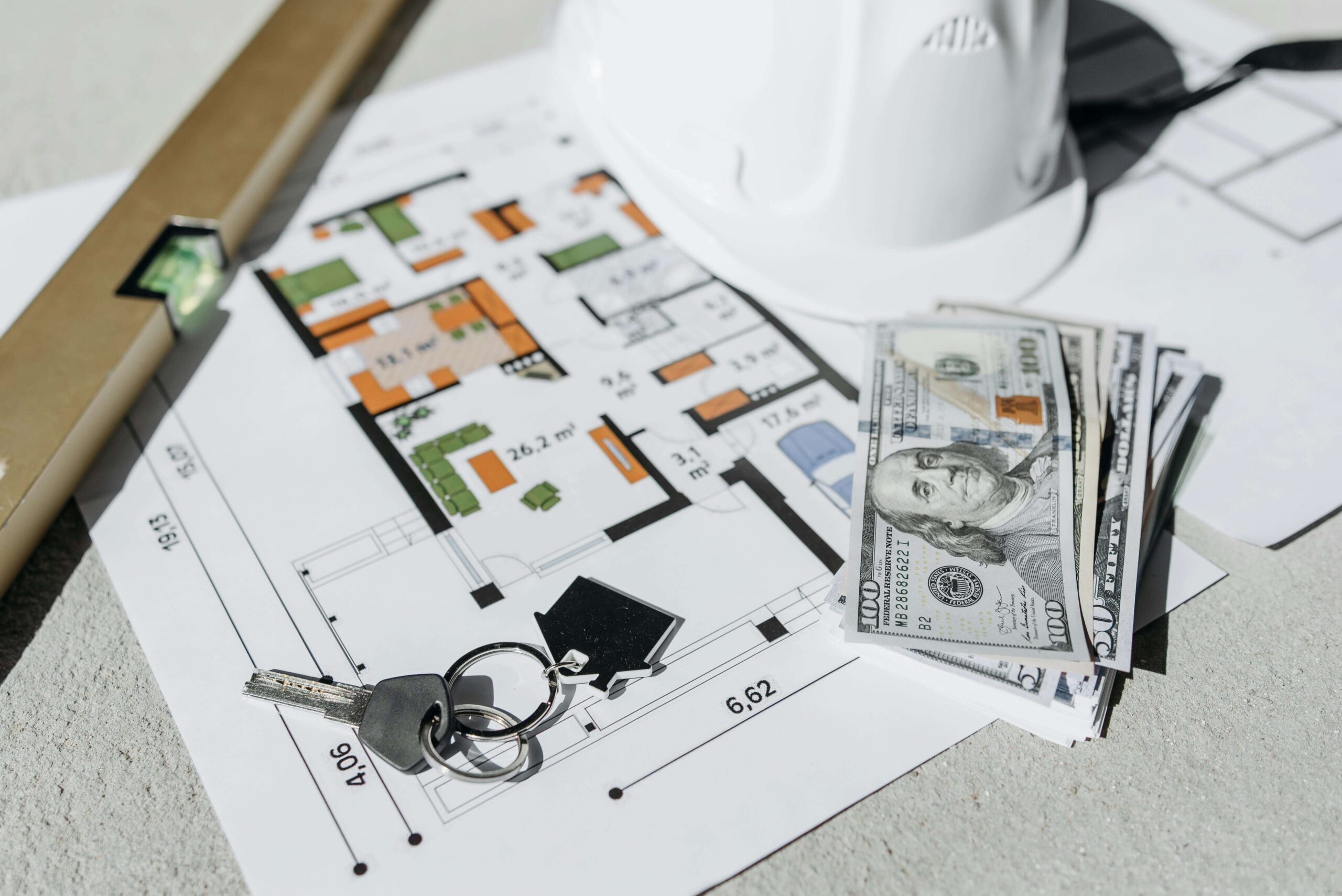Building your dream home or a new commercial space can be exciting—but also financially complex. One of the key concerns in such projects is understanding construction loan rates. These specialized loan types often come with unique terms, payment structures, and interest rates that can vary widely depending on multiple factors. This article breaks it all down for you—so you can build smarter, not just bigger.
What Are Construction Loans?
A construction loan is a short-term loan used to finance the building of a home or property. Unlike traditional mortgages, construction loans are disbursed in phases, typically aligned with project milestones such as laying the foundation, framing, and final touches.
How Do Construction Loans Work?
Here’s how a standard construction loan functions:
- Loan disbursed in “draws” as construction progresses.
- Borrowers often make interest-only payments during the building phase.
- After completion, it’s either paid off or converted into a traditional mortgage (construction-to-permanent).
Current Construction Loan Rates Overview
As of 2025, construction loan rates range between 6.5% to 11%, depending on the lender and borrower profile. Rates are generally higher than standard mortgage rates due to increased risk.
Fixed vs Variable Construction Loan Rates
You can choose between:
- Fixed Rates: Higher but predictable.
- Variable Rates: Usually start lower, but fluctuate with market indices like Prime Rate or SOFR.
Variable loans are more common for short-term construction projects.
Factors That Influence Construction Loan Rates
Understanding what influences your rate can help you better prepare:
Credit Score and Its Impact
A high credit score (700+) usually means better rates. Lenders see you as less risky, leading to reduced interest.
Loan Type and Loan-to-Value Ratio
Lenders assess how much of your money is in the project:
- Lower LTV (loan-to-value) = lower rates
- Higher down payments reduce lender risk
Builder Experience and Project Risk
If you’re working with a licensed, experienced builder, your loan rate may improve. Self-builds or risky plans often attract higher rates.
Typical Rate Ranges by Lender Type
| Lender Type | Average Rate (%) | Notes |
|---|---|---|
| Major Banks | 6.5 – 9.0 | Strict criteria, better rates |
| Credit Unions | 7.0 – 9.5 | Member-focused, slightly flexible |
| Private Lenders | 9.0 – 11.5 | Fast approvals, higher costs |
How to Qualify for Lower Construction Loan Rates
- Improve your credit score
- Work with a reputable contractor
- Provide detailed project plans and budget
- Reduce your LTV with a bigger down payment
- Shop around and compare multiple offers
Comparing Lenders: Banks vs Credit Unions vs Private
Each lender category offers different pros and cons:
- Banks: Competitive rates, stricter requirements
- Credit Unions: Lower fees, member-focused
- Private Lenders: Flexible, fast, but expensive
Construction-to-Permanent Loans vs Stand-Alone
- Construction-to-Permanent: One closing, converts to mortgage post-completion
- Stand-Alone: Two closings—one for construction, one for mortgage
While the first offers convenience and potentially better rates, the second may provide flexibility.
Additional Fees to Watch Out For
Apart from interest, watch for:
- Origination fees
- Draw fees
- Inspection costs
- Admin charges
These can add up, making it crucial to calculate the APR (Annual Percentage Rate), not just the interest rate.
Government Programs That May Lower Rates
Depending on your location and eligibility, you may access:
- FHA Construction Loans (U.S.)
- CMHC-backed loans (Canada)
- VA One-Time Close Construction Loans for veterans
These often offer lower rates, longer terms, and easier qualifications.
Frequently Asked Questions
1. Are construction loan rates higher than mortgage rates?
Yes. Construction loans are riskier and thus come with higher rates than traditional mortgages.
2. Can I lock in my construction loan rate?
Some lenders offer rate lock options, especially with construction-to-permanent loans. Ask upfront.
3. How long do I have to repay the construction loan?
Most construction loans have a 12–18 month term. Some may be extended upon request.
4. Can I build my own house with a construction loan?
Yes, but it’s harder to qualify. Owner-builder loans come with stricter requirements and higher rates.
5. Do I pay full interest on the loan amount?
No. You typically pay interest only on the amount drawn, not the full loan.
6. Can I refinance my construction loan?
Yes. Once construction is complete, you can refinance into a standard mortgage.
Conclusion
Understanding construction loan rates is essential for budgeting your building project efficiently. By comparing lenders, improving your credit, and selecting the right loan type, you can lock in competitive rates and avoid surprise costs. Whether you’re building a home, an investment property, or a commercial unit, smart planning ensures your finances are as solid as your foundation.

